Now the "overhead cash register" euphemism rears its ugly head again in this article from Recharge.
On the other hand, a fully utilised and well-managed 50-plus-year merchant wire asset delivering an initial several gigawatts of electric power could be a potential overhead cash register for its owners.
So the industry thinks GBE is an "overhead cash register" for Invenergy? Maybe the real reason Invenergy bought the project and continues to try to build it is simply for profit? When you strip away all the green propaganda, that's exactly why Invenergy is building it. It's all about the Benjamins, my friends.
That's not what eminent domain is for.
Eminent Domain: the right of a government or its agent to expropriate private property for public use, with payment of compensation.
Now the Missouri legislature must step in to make a correction. There's nothing stopping Invenergy from negotiating with landowners to purchase an easement at a fair, open market price. Invenergy should not, however, be permitted to use the sledgehammer of eminent domain as a threat to acquire easements easily and cheaply.
If GBE is going to be such a money-maker for Invenergy, it should not enjoy the government's power to take land from private owners to make a place for its overhead cash register.
And now let's take this blog in a little bit of a different direction inspired by another news story.
This big transmission cheerleader took a break from urging Congress to make transmission siting and permitting a federal affair under FERC's jurisdiction to write about a revolutionary new idea to build the transmission they want without the opposition from landowners. Say what? Yes, there is a project in the works that would build new transmission buried in a shallow trench completely within existing rail rights of way.
Isn't that a better idea? Without landowner opposition, transmission projects usually sail through permits and siting. However, companies like Invenergy have been complaining for years about how expensive and infeasible it is to bury HVDC transmission on existing rights of way. Well, guess what?
But it’s also because developers still have an inflated sense of the cost of undergrounding lines. The news hasn’t widely spread that modern lines require less conducting metal, horizontal drilling has been perfected by natural gas frackers, and inverter stations are as little as 25 percent the size they used to be.
Here’s what Dr. Christopher Clack, an energy modeler at Vibrant Clean Energy (VCE), told me:
"Data that I was provided from Tier 1 transmission vendors shows that the cost of underground HVDC transmission has a similar price point to the same overhead capacity of HVAC when the transmission line is over approximately 250 miles. This includes the cost to build inverter and rectifier stations at each end."
And of course the sticker price of building overhead lines does not include the unpredictable expenses of regulatory hassles and intransigent landowners. A line can not be cheap if it never gets built.
In terms of long-distance transmission, underground HVDC is now the smart choice.
But wait... Invenergy prefers to build an outdated, hated, overhead cash register? Why, Invenergy, why?
Is it because you think outdated, intrusive transmission is going to make your cash register ring a little louder at the end of the day, especially if you can use eminent domain to take private property at a bargain basement price?
Maybe if Missouri stopped enabling Invenergy's abuse of its citizens, better solutions could happen?


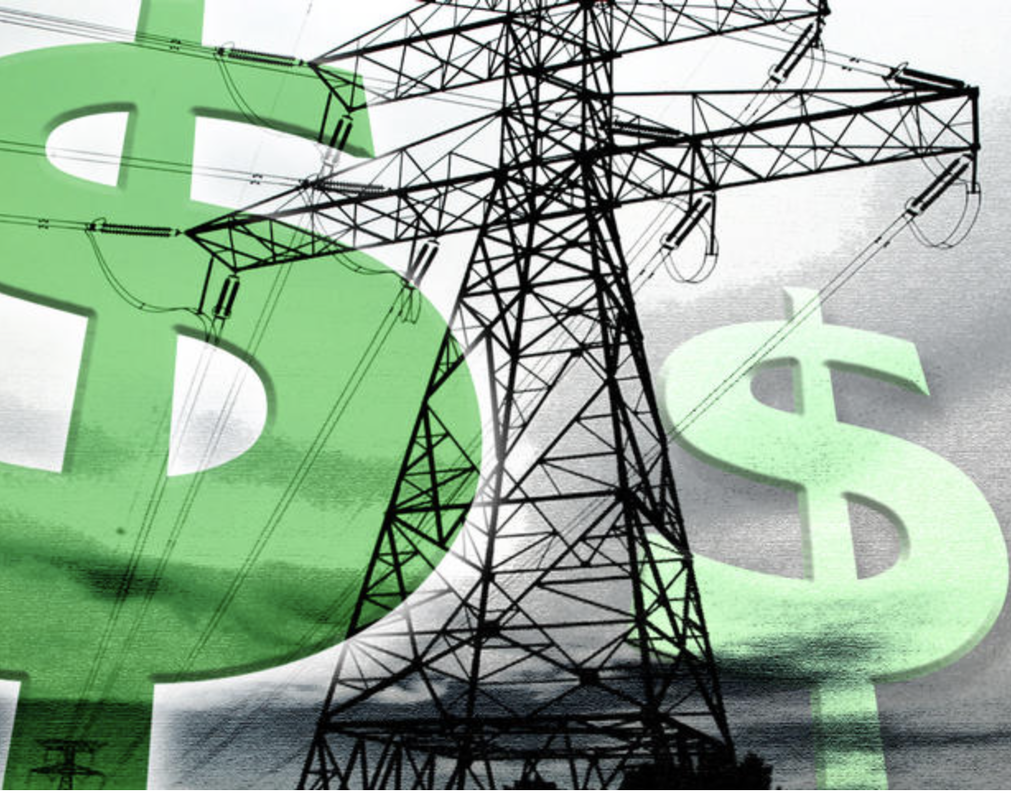


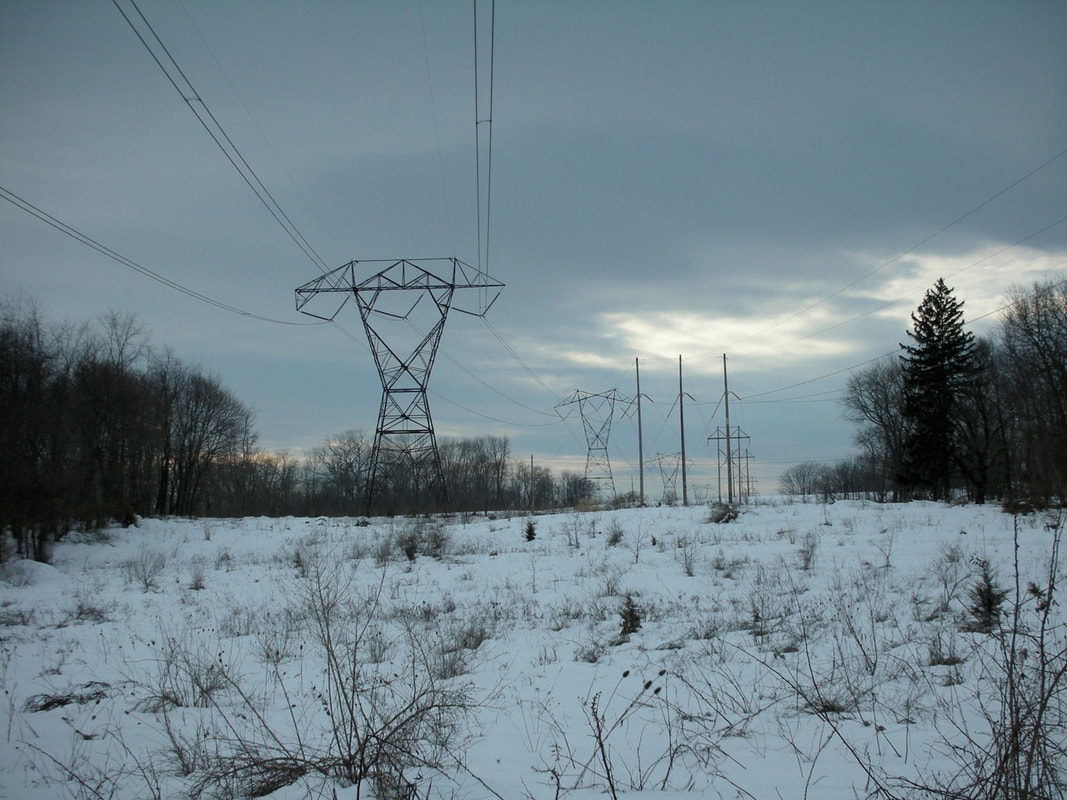


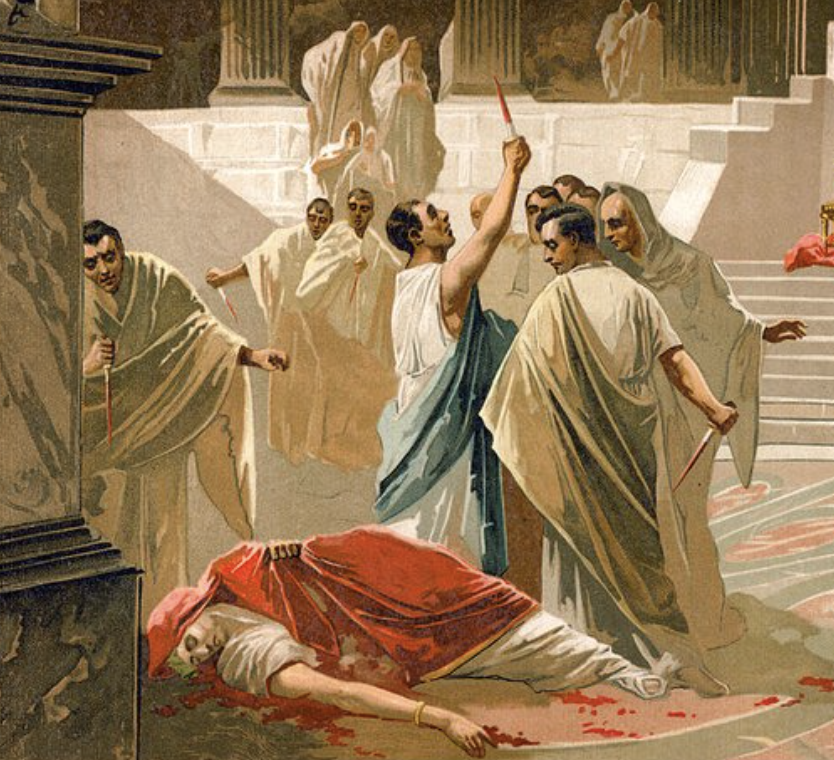
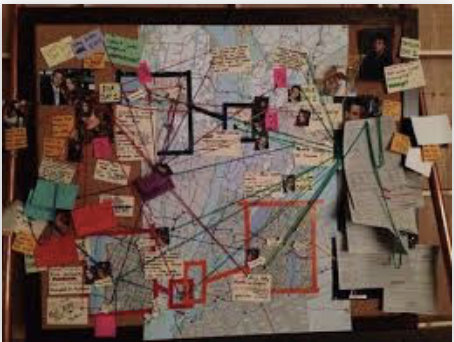
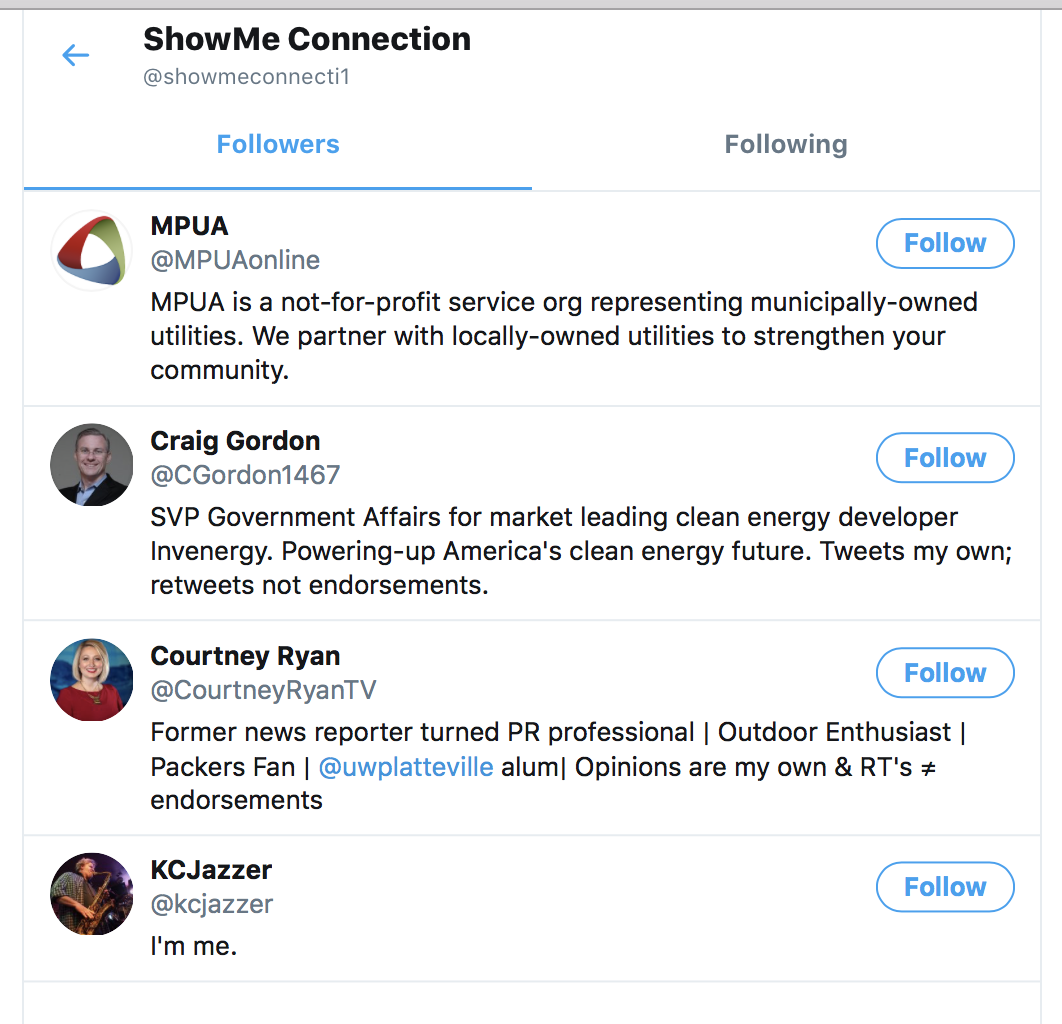
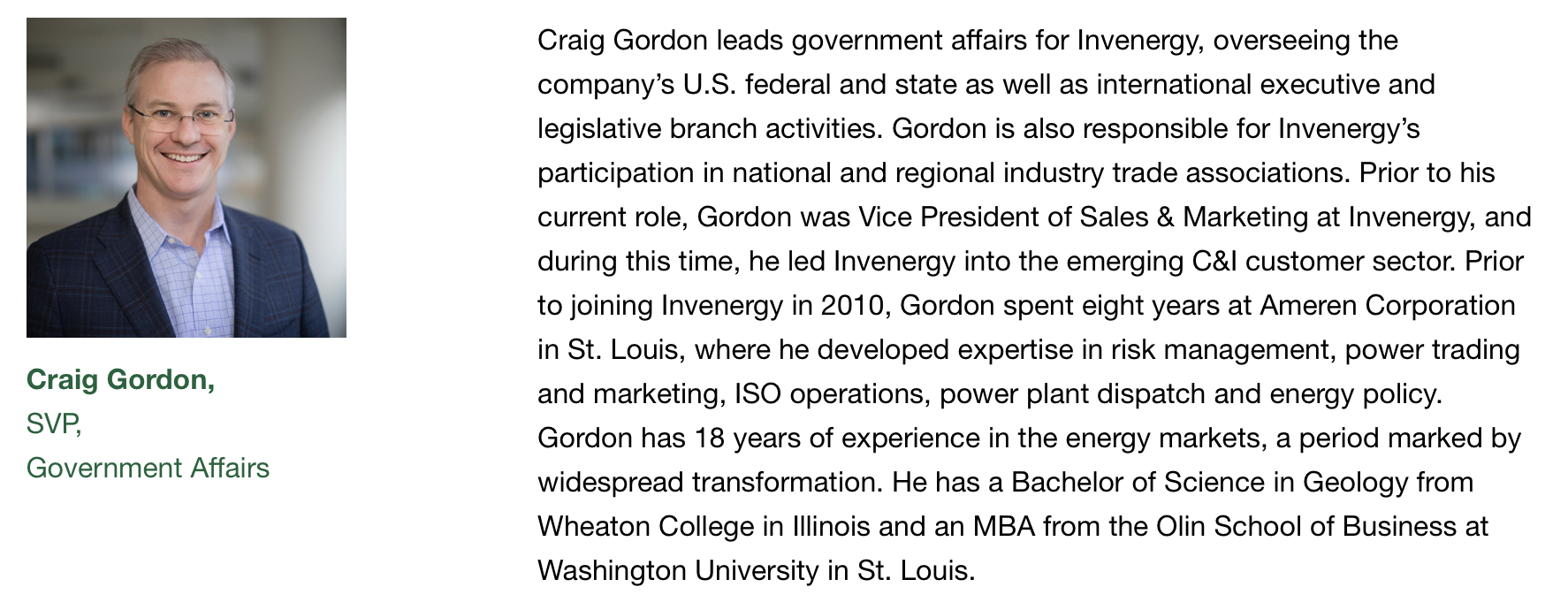
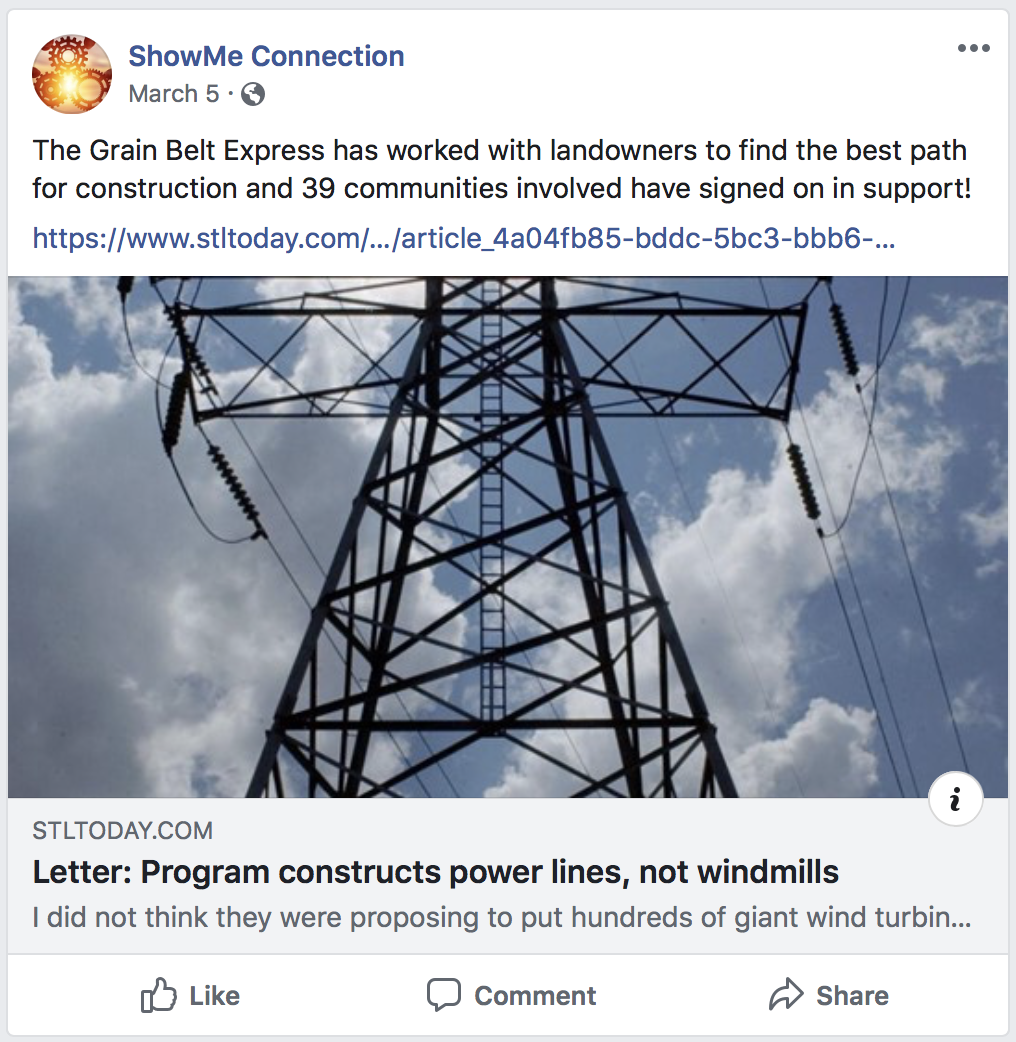
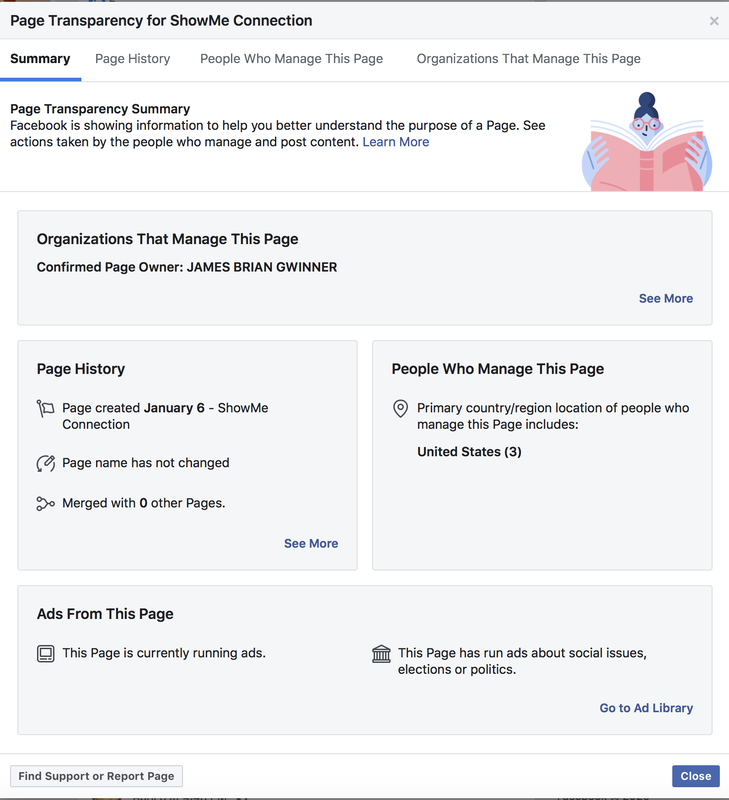
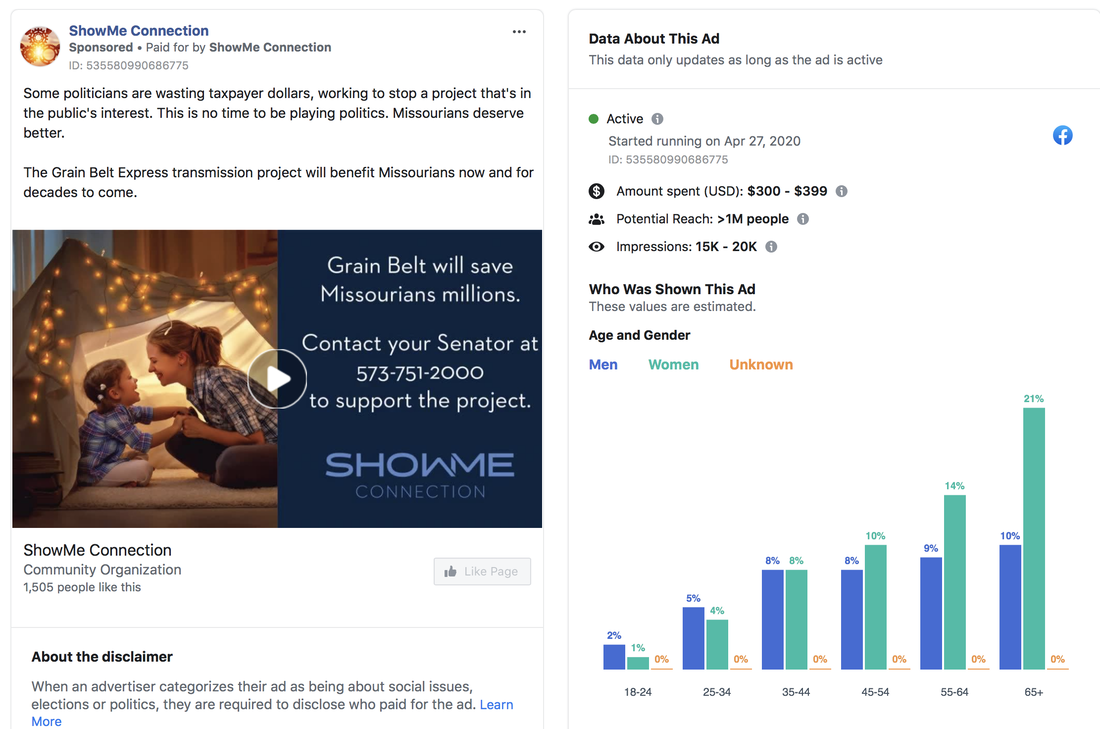
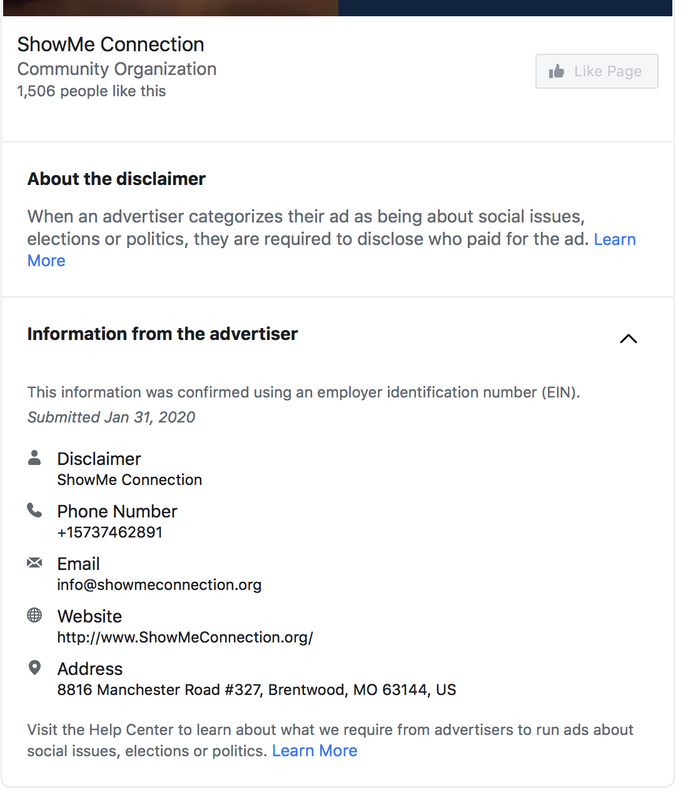
 RSS Feed
RSS Feed